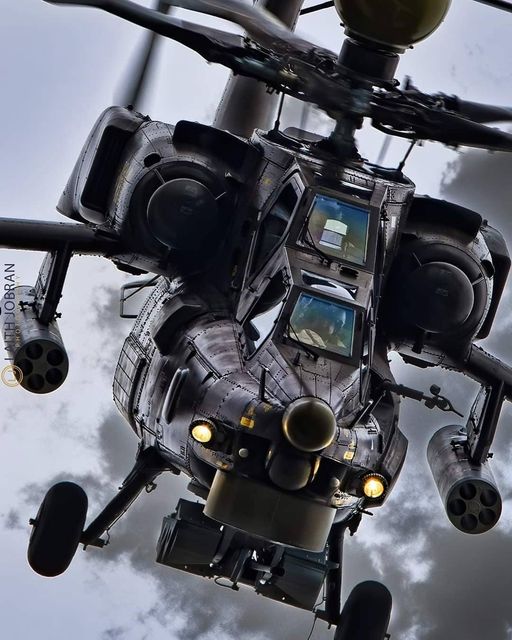Here’s What You Need to Know: The Mi-28 is a much better, more modern design than the older Hind.
Prowling the skies of Syria is the “Night Superhunter.”
It’s not a comic book superhero, but the newest Russian attack helicopter.
The Mi-28NM, the latest upgrade of the Mi-28 (NATO code name “Havoc”), is equipped with advanced sensors that enable it to conduct night operations, according to Russia’s Izvestia newspaper.
“The main novelty of the Mi-28NM is the N025E radar, which was previously installed only on export models,” Izvestia says. “The antenna receiving and transmitting part of the radar is located above the rotor of the helicopter. From the side it looks like a ball – it is a special fairing made of radio-permeable material. Such an arrangement of the radar gives a circular view, and also allows you to receive a radar image of the terrain, hiding in uneven terrain behind artificial and natural obstacles while remaining invisible to the enemy. On the battlefield, the radar station can effectively operate from ambush, the first to strike unexpected blows at the enemy.”
The Mi-28, the successor to the chunkier Cold War Mi-24 Hind and the counterpart of the Apache, is an early 1980s design. The Mi-28N debuted in the 1990s, with the NM model its latest iteration. The 9-ton Mi-28NM has a top speed of 300 kilometers per hour (186 miles per hour), a range of 450 kilometers (280 miles), and can carry 2,300 kilograms (5,100 pounds) of ordnance, according to Izvestia. Armament includes a 30-millimeter cannon, 9M120 Ataka anti-tank missiles, and rocket pods.
Significantly, given Russia’s recent willingness to deploy military force abroad, the Izvestia article emphasized that the Mi-28NM’s VK-2500P-01/PS engine can operate in harsh climates: “New design solutions guarantee reliable operation in areas not only with a temperate climate, but also in desert areas with high temperatures, as well as in conditions of high mountains, such as, for example, in Syria.”
